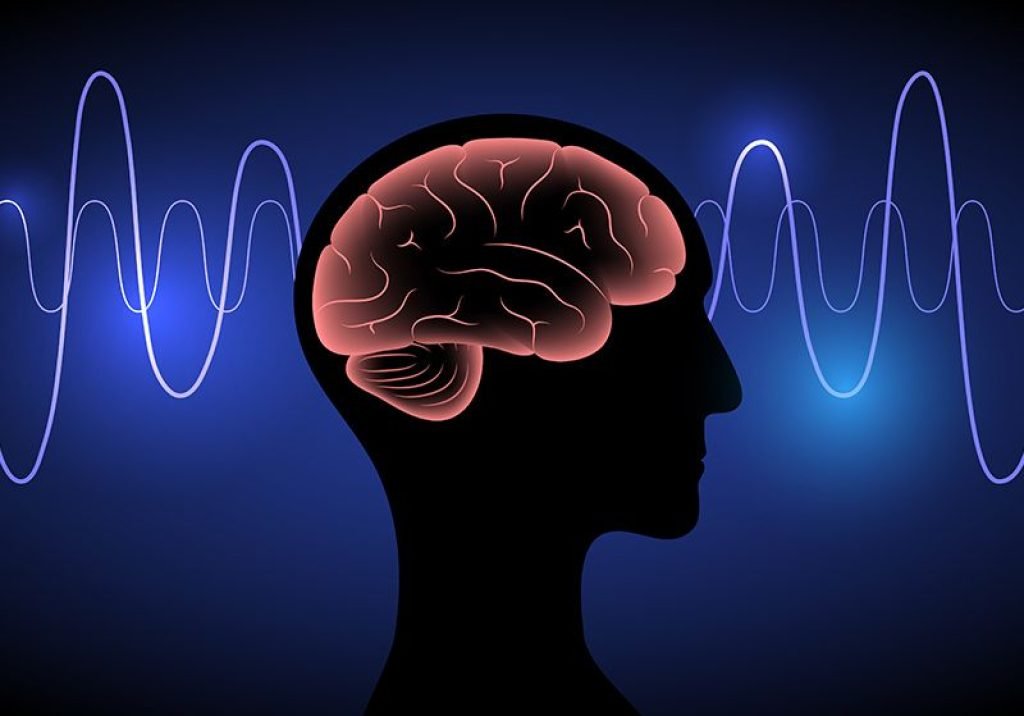
Ataxia affects individuals’ ability to walk, talk, and execute other motor functions. Genetic mutations that impair or destroy Purkinje cells, inhibitory neurons in the cerebellum—which coordinates motion and contributes to cognition and emotional processing—can cause this disorder.1 However, one group provided more evidence that this brain structure may be involved in another non-motor function: sleep.
Reports of sleep disturbances in people with ataxia piqued the interest of Roy Sillitoe, a neuroscientist at the Baylor College of Medicine.2 When Luis Salazar, who had previously researched sleep, joined Sillitoe’s group as a graduate student, there was a perfect opportunity to investigate this interaction. “It looked like a really fruitful area to study and explore, and it hadn’t been examined in the mouse models we had in the lab,” Salazar, now a cofounder of Sobek AI, explained.
In a paper published in Disease Models and Mechanisms, Salazar and his colleagues demonstrated that Purkinje cells affected in ataxia also controlled aspects of the sleep cycle in mice.3 The findings add to the understanding of sleep disruptions in people with motor disorders like ataxia which impacts their overall health and quality of life. “We can start thinking about how we can treat it, either with medications or neurostimulation,” said Amanda Brown, a neuroscientist and postdoctoral researcher in Sillitoe’s lab and coauthor on the paper.
Previously, the group investigated two models of dystonia, a different motor disorder, and demonstrated that preventing brainstem neurons from communicating with the cerebellum disturbed sleep.4 “From there, the idea was, first, looking in another mouse model,” Salazar said. “And also trying to unravel a little bit of the cellular mechanisms that were at play here.”
Purkinje cells (green) normally signal through transporters (magenta) to communicate to cells outside the cerebellum. In the Sillitoe lab’s model, these transporters are deleted, blocking neurotransmitter signaling and causing motor dysfunction.
Amanda Brown
To model ataxia, the team selectively silenced Purkinje cells in mice, which caused ataxia-like motor impairments.5 “We’re using possibly what I think is one of the cleanest ataxia models that is known in mice right now,” Brown said.
Since sleep is controlled in part by the circadian rhythm, the team first investigated changes in this internal clock in ataxic mice. They recorded how often the animals used a running wheel to establish their activity patterns and, after an acclimation period in a 12-hour light-dark cycle, assessed changes to these patterns by housing the mice in constant darkness. While silencing Purkinje cells reduced overall activity in ataxic mice, this manipulation did not affect the animals’ circadian rhythms.
Next, the team looked at changes to the animals’ sleep cycles by studying the electrical activity in the brain and muscles using electrodes. In mice, a normal sleep cycle contains three stages the animal alternates through: wakefulness, rapid eye movement (REM), and non-REM (NREM).6
Ataxic mice experienced longer periods of each stage, although they had fewer wake and REM periods, so overall, these mice spent more time in NREM sleep compared to wake or REM stages. These mice also took longer to enter REM sleep. Notably, these REM sleep deficits mirrored the REM sleep disruptions that occur in humans with ataxia.7
“This provides a good scientific basis to do further investigation,” said Sheng-Han Kuo, a neurologist and translational neuroscientist at Columbia University who was not involved in this study. He said that because motor disorders can cause other confounding effects, investigating the role of Purkinje cells with specific approaches like optogenetics could help further support their involvement in regulating sleep. Sillitoe’s group also wants to study the effects in more complex disease models that more closely resemble human disorders.
“Some very interesting next steps would be looking into those aberrant downstream signals and seeing how they are influencing the sleep processes and other non-motor functions, especially in these neurological disorders,” Brown said.
- Hoxha E, et al. Purkinje cell signaling deficits in animal models of ataxia. Front Synaptic Neurosci. 2018;10:6.
- Huebra L, et al. Sleep disorders in hereditary ataxias. Curr Neurol Neurosci Rep. 2019;19:59.
- Salazar Leon LE, et al. Purkinje cell dysfunction causes disrupted sleep in ataxic mice. Dis Model Mech. 2024;17(6):dmm050379.
- Salazar Leon LE, Sillitoe RV. Disrupted sleep in dystonia depends on cerebellar function but not motor symptoms in mice. Dystonia. 2023;2:11487.
- Stay TL, et al. Genetically eliminating Purkinje neuron GABAergic neurotransmission increases their response gain to vestibular motion. Proc Natl Acad Sci USA. 2018;116(8):3245-3250.
- Rayan A, et al. Sleep scoring in rodents: Criteria, automatic approaches and outstanding issues. Eur J Neurosci. 2022;59(4):526-553.
- Sonni A, et al. The effects of sleep dysfunction on cognition, affect, and quality of life in individuals with cerebellar ataxia. J Clin Sleep Med. 2014;10(5):535-543.







